Great Reads in Photography: May 30, 2021
![]()
Every Sunday, we bring together a collection of easy-reading articles from analytical to how-to to photo-features in no particular order that did not make our regular daily coverage. Enjoy!
Meet Steve Babineau, the Photographer Behind Wayne Gretzky’s $3.75 Million Rookie Card – The Boston Globe
Best in Set: 1979-80 O-Pee-Chee Hockey Cards
#18 Wayne Gretzky rookie card#OPeeCheeHockey 🇨🇦 pic.twitter.com/RB28tAAAwz
— O-Pee-Chee Hockey Card Story (@hockeymedia) May 28, 2021
A pristine Wayne Gretzky (age 18 in the photo) trading card from his rookie NHL season of 1979-80 sold for a whopping $3.75 million in a private transaction via Heritage Auctions this past week.
Notable:
- Steve Babineau, then only 3-4 years on the job, was the official Bruins team photographer who took the photo. He is now 68 and with the Bruins for 45 years.
- The camera used was a Topcon Super DM with an 80-200mm lens.
- Babineau sold the transparency from his freelance assignment to Topps in New York in the spring or summer of ’79 for the going rate of $17.
- “A roll of film in those days went for $5,” Babineau recalled to The Boston Globe. “Then it was maybe another $6 to get the roll developed. OK, so now you’re at $11 for a payout of $17. And don’t forget, you were putting out $11 with no guarantee that you’d sell a single thing. Crazy!”
- Babineau believes he still has the transparency tucked away in some box, and we are sure he will be spending Memorial Day Weekend going through all of them in his basement.
- Steve Babineau’s entire photo collection was acquired by the NHL in 2008.
5 Unusual Ways Works Can Enter the Public Domain – Plagiarism Today

Here are five reasons works that may otherwise qualify for copyright protection are completely free to use.
1: Created by the Federal Government
2: Public Domain Dedication
3: It Wasn’t Creative Enough (may not apply to photographs)
4: It Forgot the Copyright Notice (or Renewal)
5: It Wasn’t Written Down
Powerful Photos Show How George Floyd Is Being Remembered One Year After His Death — BuzzFeed
“The Camera Attracts Violence”: Israeli Right-wing Groups Attack Local Journalists — Committee to Protect Journalists
Israel’s May 15 bombing of The Associated Press and Al-Jazeera offices in Gaza made international headlines, as did the death of a Palestinian journalist in an airstrike that may have been a deliberate attack on his home.
Inside Israel, Jewish far-right groups, in particular, harassed and assaulted local journalists covering their organized attacks (reported The New York Times) on their Arab neighbors, as CPJ documented.
The Photography of Hilla & Bernd Becher, the Importance of Memory
If you have a formal education in photography, there’s a good chance you studied the work of Hilla Becher. Together with her late husband Bernd, Hilla founded what’s known as the “Becher School” in photography. The couple’s black-and-white industrial photos of Germany — called “typologies” — influenced a generation of photographers, including the renowned German photographer Andreas Gursky.
Checkout:
Influential Photographer Hilla Becher Dies at 81
Photographer Captures the Neon-Soaked Energy of Dubai at Night – My Modern Met
View this post on Instagram
Burj Khalifa, Dubai, the tallest building in the world since its topping out in 2009
Belgian and Portuguese photographer Xavier Portela is known for his visual onslaught of signs and neon lights series: Glow, an ongoing personal project for which he travels the world to capture various cities at night, inviting us to dive into the atmosphere of those locations.
He was visiting Sharjah for a photo festival and decided to pay Dubai a short visit to add to his Glow series.
Photography In the National Parks: Seeing the Forest for The Trees – National Parks Traveler
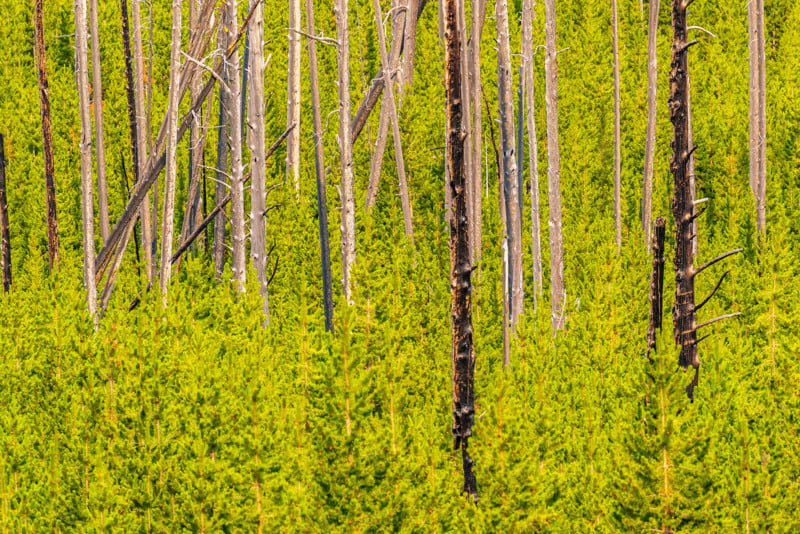
“I used not to be interested in photographing forests at all,” Rebecca Latson tells PetaPixel. “But on that one day, I peered into the shadowy, secretive interior of the forest during my Glacier National Park visit.
I really saw all those shades of green and brown, and I realized, then, I was missing a key component to fleshing out my national park stories. For me, the key to getting a great forest shot is to use a tripod and a slow shutter speed to capture that hidden forest glow.”
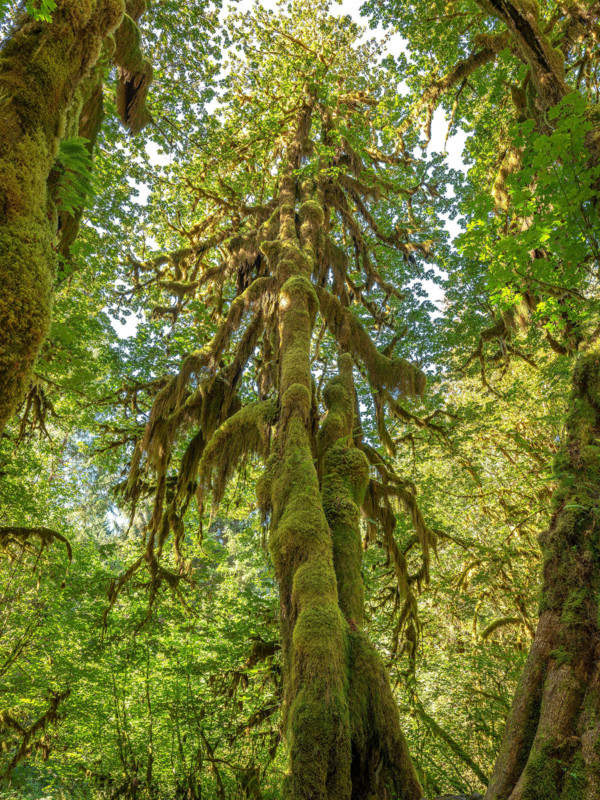
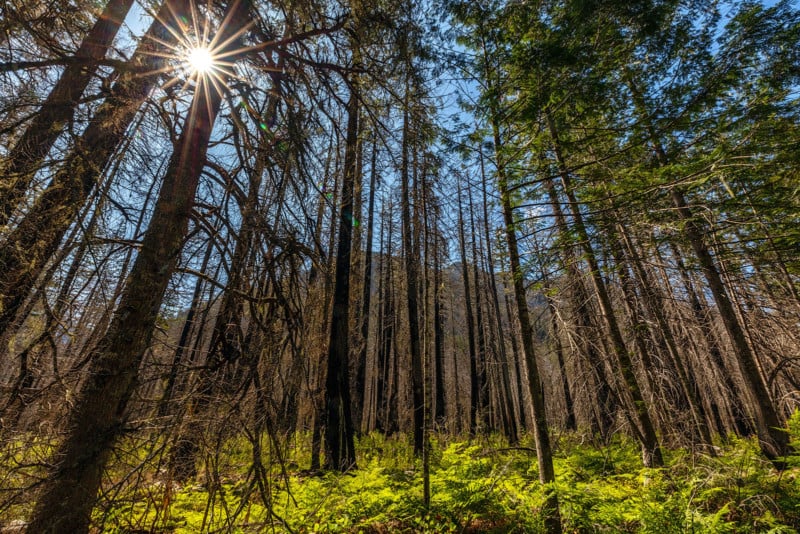
Slim Aarons Photographed ‘Attractive People Doing Attractive Things in Attractive Places’ — Buzzfeed
“Aarons, who died on May 30, 2006, is better known for donning a cravat and linen jacket than military fatigues,” writes Town & Country magazine. “However, he actually got his start as a combat photographer in World War II, covering some of the war’s deadliest battles, spanning North Africa, the Middle East, and Europe.”
Notable:
Aarons kept his poor immigrant Yiddish-speaking family on the Lower East Side of Manhattan a secret. If Aarons’ true origins had been known, his career then would have been unlikely to succeed within the restricted world of celebrity and WASP privilege his photography glamorized.
Photographing Nicki Minaj in a Makeshift Fire Escape Studio – Adam Ferguson
View this post on Instagram
In 2017, T: The New York Times Style Magazine asked Adam Ferguson to cover the T Greats party at the Met Breuer in New York City. Ferguson, a war photographer, was not a perfect fit for photographing the cocktail and dinner party, but he did create a great image of Nicki Minaj.
How Much This Photographer Made on YouTube in 2020?
Five Ways to Shoot Portraits on a White Backdrop — LensRentals

Zach Sutton, an editorial and portrait photographer in Los Angeles, CA, feels that you can do a whole lot with a white background despite its simple look. Check out his five different ways to use a white backdrop to get very different looks.
How to Photograph the Moon – Tips from NASA — SciTechDaily
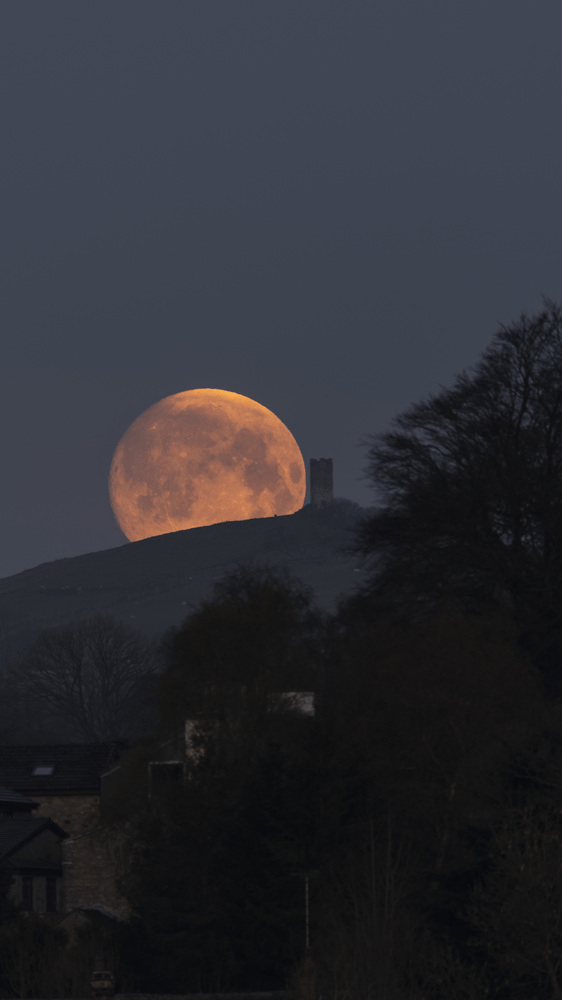
- Planning is Key
- Know Where and When to Look for the Moon
- Include People or Objects in the Shot
Check out the above link for NASA’s Bill Dunford’s 7 more tips and complete details.
Photography Series Finds Hidden Faces in Everyday Objects — Wallpaper
View this post on Instagram
Since 2013, creative duo Julia Classen and Magdalena Lepka of Studio Likeness in Berlin have been busy developing their very own visual language, working together on unique concepts for still life photos and videos.
“In the past year, we spent more time at home and saw less of our friends than ever before,” the duo tells Wallpaper. “We missed them a lot, and we knew that many people felt the same way about the lack of social encounters. So, we went looking for new friends in our own homes and discovered friendly faces all around.”
Photo of the Week
A gibbon walks amid models of vehicles at a zoo in a park of miniatures in Bakhchisaray, Crimea. More photos of the week: https://t.co/DqaBpnLcIZ 📷Alexey Pavlishak pic.twitter.com/8W5wCYnrSp
— Reuters Pictures (@reuterspictures) May 27, 2021
Quiz of the Week:
Which was the first camera with through-the-lens metering? Was it:
1.) Nikon
2.) Topcon
3.) Pentax
Answer: It was the Topcon RE Super, launched in 1963 at Photokina, the company’s most innovative camera and one of its most rugged and versatile. It was the first SLR with a TTL (through-the-lens) exposure meter. Pentax would follow the next year with the Spotmatic, and Nikon only in 1965 with the Nikkormat FT and with the Photomic T prism for the Nikon F.
Why I Like This Photo – Tim Osborne
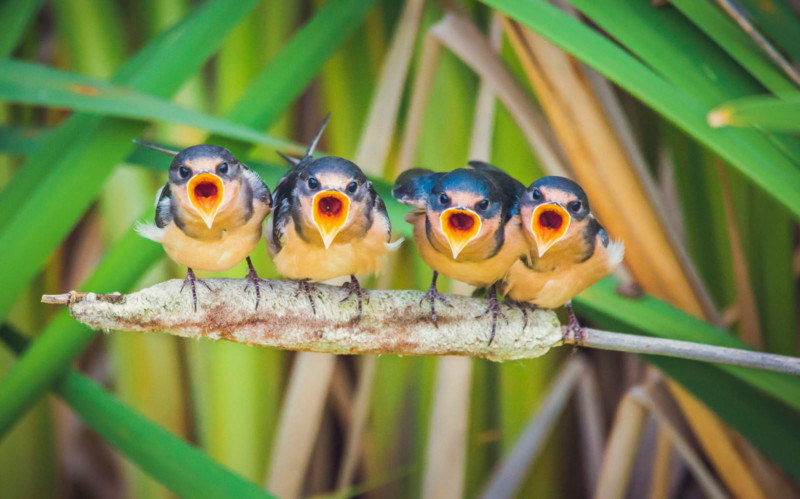
One of the things that I like about it is the way that it leaves things a bit open to interpretation. Are the birds angry? Are they singing a song? Or, as was actually the case, are they squawking at their parents and opening up their beaks for a freshly caught meal? This photo is one that I likely get the most comments and questions about.
I found these four young barn swallows one afternoon in July 2019 when I ventured out into Lois Hole Centennial Provincial Park near St. Albert, Canada. Walking across a boardwalk over the wetlands, I spotted these four birds lined up perfectly on a cattail. Their bright blue color really popped against the green backdrop of the reeds behind them.
After watching them for a few minutes, I noticed that they would begin chirping frantically for the few seconds before their parent would arrive with a meal. Each of them seemed to be jockeying for position and attention with each delivery.
The early warning system of their squawking only provided about a one or two-second lead time before the parent would drop the food in one lucky child’s mouth and then disappear in search of another meal.
I knew that I would need a fast shutter speed to try to capture the action. Shooting with a Sigma 150-600mm F5-6.3 DG OS HSM Contemporary zoomed in to the full 600mm, I was forced to bump up my ISO to 3,200 to get a fast enough shutter speed at 1/1,250s, f/6.3. I locked my focus onto the birds, set the Canon EOS 6D Mark II to continuous shooting mode, and waited for the next arrival. As soon as the birds started chirping, I fired away, capturing the magic that happened in those few seconds.
I always smile when I look at this shot and think about those little birds and, perhaps even more so, empathize with the parents who were working so tirelessly to keep their little ones fed and happy as we all do.
Tim Osborne is a photographer based out of St. Albert, Alberta, Canada. With a primary focus on wildlife, Tim has a passion for capturing the personality and character of his subjects in their natural environments. While his photography has taken him as far as Africa, his primary focus remains on exploring the natural world right here in his own backyard. Tim is a strong supporter of ethical wildlife photography.
Quote of the Week (or a previous week): Donna Ferrato
Photography is invasive, and it can hurt people a lot.* — Donna Ferrato
*From her Master Class at 2min 57 sec.
To see an archive of past issues of Great Reads in Photography, click here.
We welcome comments as well as suggestions. As we cannot possibly cover each and every source, if you see something interesting in your reading or local newspaper anywhere in the world, kindly forward the link to us here. ALL messages will be personally acknowledged.
About the author: Phil Mistry is a photographer and teacher based in Atlanta, GA. He started one of the first digital camera classes in New York City at The International Center of Photography in the 90s. He was the director and teacher for Sony/Popular Photography magazine’s Digital Days Workshops. You can reach him via email here.
Image credits: All photographs as credited and used with permission from the photographers or agencies.